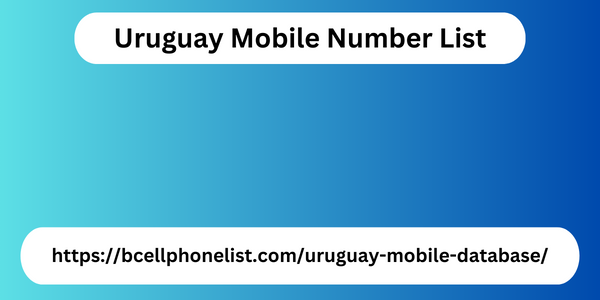|
|
Hummingbirds: friar's kiss, tumbergia, sage, among others. Additionally, it is important to keep in mind that butterflies and pollinators need different types of plants to feed and reproduce. Therefore, it is important to have a variety of plants in your garden, from shrubs and trees to flowers and climbing plants. By creating a garden for butterflies and pollinators, you will be contributing to the preservation of these animals and the maintenance of ecological balance. With some smart plant choices and simple care, you can transform your garden into a haven for these amazing animals. Garden Site Selection Before you begin planning your butterfly and pollinator garden, it is important to select the right location for your creation. Here are some tips to help you choose the perfect location: Sun Exposure: Choose a location that receives at least 6 hours of direct sunlight per day. Butterflies and pollinators need sun to stay warm and energized. Wind Protection: Choose a location that is protected from strong wind.
Butterflies and pollinators need a quiet environment to feed and reproduce. Fertile soil: Choose a location with fertile, well-drained soil. Add organic compost to the soil to increase fertility and water holding capacity. Water: Choose a location Uruguay Mobile Number List near a water source, such as a faucet or sprinkler system. Butterflies and pollinators need water to drink and cool off. Protection from pesticides: Choose a location away from areas sprayed with pesticides. These chemicals can kill butterflies and pollinators, as well as contaminate soil and water. By following these simple tips, you will be able to select the perfect spot in your garden for butterflies and pollinators. With the right location, you can create a welcoming environment for these fascinating creatures and help preserve biodiversity in your community.

Choose the right plants To create a garden for butterflies and pollinators, it is important to choose the right plants. Below are some useful tips to help you select the right plants for your garden. for your garden because they adapt to local conditions and provide food and shelter for butterflies and other native pollinators. In addition, they are more resistant to diseases and pests than exotic plants. attractive flowers Flowers are the main source of food for butterflies and other pollinators. Choose flowers that produce nectar rich in sugars and abundant pollen. Flowers with bright colors and pleasant fragrances are especially attractive to butterflies. Butterfly Host Plants Host plants are those on which butterflies lay their eggs and where caterpillars feed. Be sure to include host plants in your garden to attract butterflies. Some common host plants include catnip, kale, and milkweed. Remember to choose plants that bloom at different times of the year to maintain a constant supply of food for butterflies and other pollinators. With these tips, you can create a vibrant and healthy garden for butterflies and pollinators in your garden.
|
|